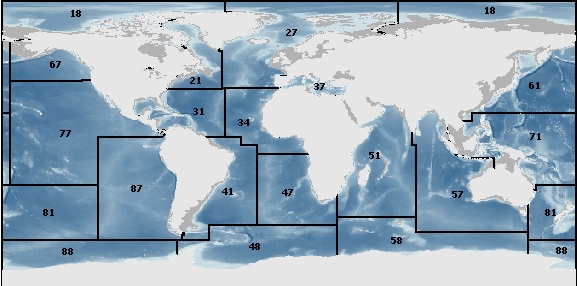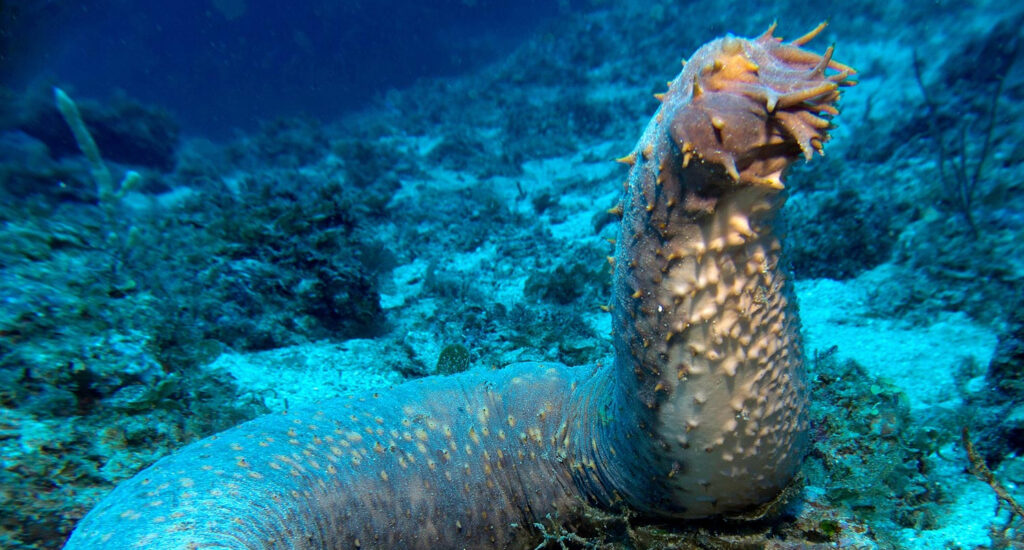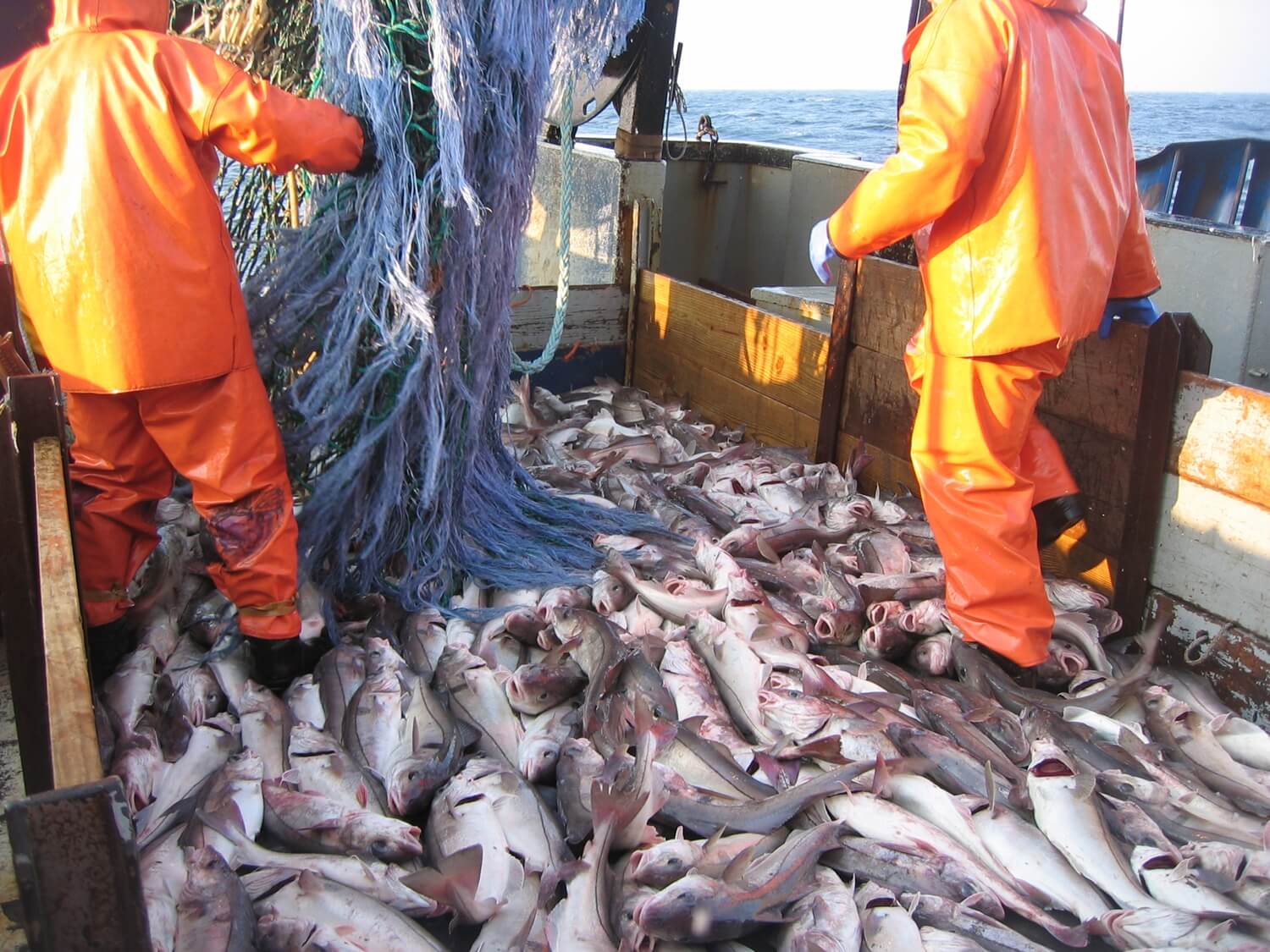Food & Climate
A new report confirms that 64.5% of all fishery stocks are exploited within biologically sustainable levels, with 35.5% of stocks classified as overfished. When weighted by their production levels, 77.2% of the fisheries landings globally come from biologically sustainable stocks.
The Food and Agriculture Organization of the United Nations (FAO) launched the report at the UN Ocean Conference today. Some of the world’s marine fisheries are recovering under strong, science-based management, but many others remain under pressure, it said, according the report that seen by “Food & Climate” platform.
The Review of the state of world marine fishery resources – 2025 reports on the biological sustainability of 2 570 individual fish stocks, a major increase from previous editions of the report.
Informed by over 650 experts from more than 200 institutions and over 90 countries, this participatory and inclusive report analyzes trends across all FAO marine fishing areas and offers the clearest picture.
Fishery stocks in the Northeast Pacific
In marine fishing areas under effective fisheries management, sustainability rates far exceed the global average. In the Northeast Pacific, for example, 92.7% of fishery stocks are sustainably fished, according to the (FAO) report.
Nearly two-thirds of marine stocks are fished within biologically sustainable levels globally and in recent years overfishing has been rising by about 1% per year on average. In addition, the gap between well-managed and underperforming areas remains stark.
In the Northeast Pacific (Area 67) and Southwest Pacific (Area 81), long-term investment and robust management frameworks are paying off. Sustainability rates of all individual stocks reach 92.7% and 85% respectively, and these stocks are responsible for an estimated 99% and 95.7% of the 2021 landings in these regions.
In the Antarctic (Areas 48, 58, and 88), 100% of the stocks assessed are fished sustainably. This is the first time this region has been included in this report, and while small in volume these fisheries demonstrate what is possible with ecosystem-based management and international cooperation.

“Positive outcomes like the Antarctic, Northeast Pacific, and Southwest Pacific reflect the benefit for sustainable fishery stocks management of having strong institutions, consistent and comprehensive monitoring, the integration of scientific evidence into management decisions and the implementation of precautionary and ecosystem-based approaches,” said David Agnew, Executive Secretary of the Commission for the Conservation of Antarctic Marine Living Resources, who contributed to the review.
The Mediterranean and the Black Sea (Area 37) show early signs of recovery. Although only 35.1% of fishery stocks are sustainably fished, fishing pressure has dropped 30%, and biomass has risen 15% since 2013. This shows that regional cooperation and national efforts are starting to make a difference.
In the Southeast Pacific (Area 87), only 46% of stocks are sustainably fished, while the Eastern Central Atlantic (Area 34) stands at 47.4%. These regions include countries where fisheries are central to food security and nutrition, employment, and poverty reduction, particularly through small-scale and artisanal operations. But with limited institutional capacity, fragmented governance, and major data gaps, these areas face steeper trade-offs and tighter constraints.
Anchoveta, skipjack tuna, and Atlantic herring
Among the 10 most landed marine species, including anchoveta, Alaska pollock, skipjack tuna, and Atlantic herring, 60% of assessed fishery stocks are sustainable. When weighted by their volume of production, 85.8% of landings are estimated to come from biologically sustainable stocks, according to the (FAO) report.
Tuna and tuna-like species stand out, with 87% of assessed stocks sustainable, and 99% of landings coming from sustainable sources.
In these areas, a commitment to effective fisheries management – the application of science-based policies, regulatory measures, and compliance systems – has ensured the sustainability of marine fisheries and the benefits they provide.
But not all species are doing as well. Deep-sea species remain vulnerable, with only 29% of stocks sustainably fished. The report also flags concern over highly migratory sharks, often caught as bycatch in tuna fisheries. While 57% of stocks assessed are sustainable, lack of consistent international management continues to hinder recovery efforts.

Despite major advances in data coverage, gaps persist, especially in small-scale fisheries where insufficient coverage of landing sites increases assessment uncertainties. FAO urges countries to invest in data collection and management systems, and science-based approaches, and to close capacity gaps and align sustainability goals, to keep fisheries on track.
“The next step is clear: governments must scale up what works and act with urgency to ensure marine fisheries deliver for people and planet. This is the essence of FAO’s Blue Transformation, a call to build more efficient, more inclusive, more resilient and more sustainable aquatic food systems to increase their contribution to global food security, meet nutrition requirements and improve livelihoods of a growing population”, QU Dongyu, Director-General of FAO, said.

